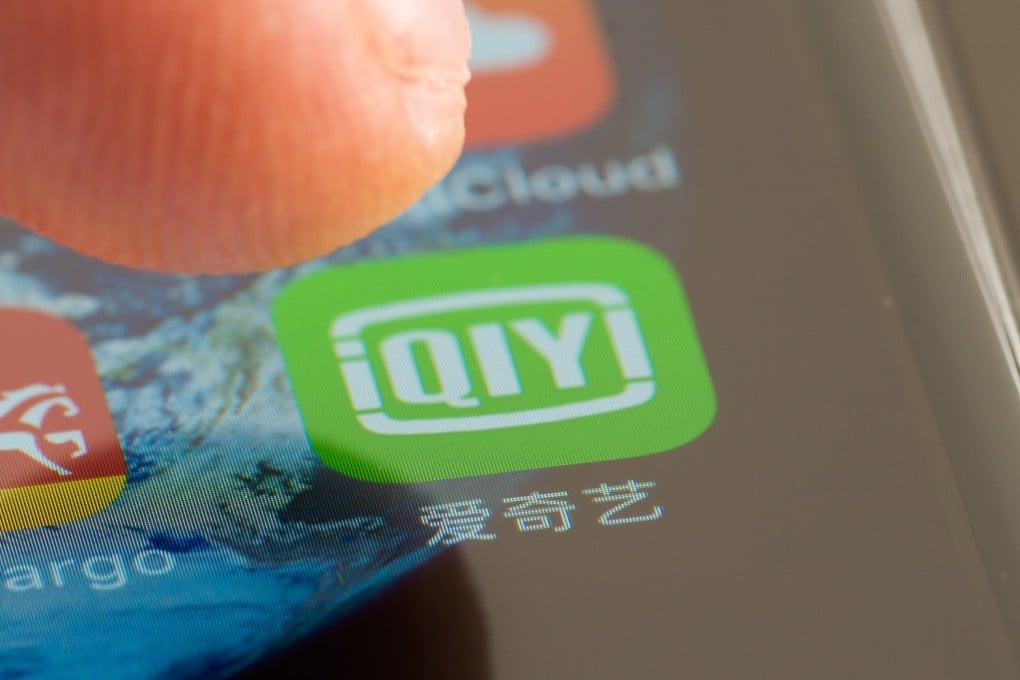Cord-cutting was already the norm in China when the coronavirus hit, as people turn to the likes of iQiyi, Tencent Video and Youku
- Deregulation in 2014 brought sports to streaming services, permanently changing the industry
- Many Chinese households only use streaming for TV, typically paying less than US$5 a month

Li Ming first moved to Shenzhen in 2013, just as streaming services were becoming more popular in China. But Li thought using streaming as her sole source of TV would be troublesome. So just as she had in Guangzhou, Li signed up for a local cable service – a more popular option in the affordable urban village where she lived.
Seven years later, things are very different. And not just in Shenzhen.
“Who uses cable TV now?” Li said. “Now everyone likes streaming. Even my grandma can use streaming.”
Like in the US, ditching cable for streaming is increasingly common. But unlike in the US, cord-cutting in China is more about convenience as most people can get everything they want online.
Li’s grandmother aside, many older people in China are holding on to cable. It still has the most subscribers of any pay-TV option. But that’s changing fast. By 2021, it’s projected to lose out to IPTV, according to a report from GlobalData. IPTV is another service similar to cable that delivers content over a dedicated internet protocol network.
“Now I don’t even use a TV box,” Li said. “My TV has Wi-fi, and I project shows from my phone.”